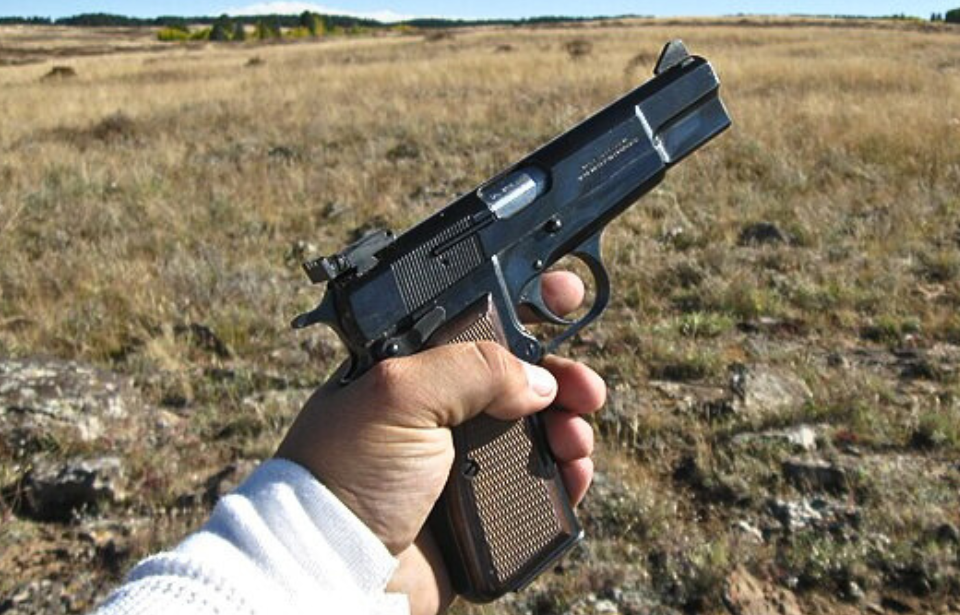In 2017, at the Armed Forces Skill at Arms (AFSAM) competition, the Canadian Armed Forces brought 20 Browning Hi-Power pistols—firearms that had seen service since World War II. But the aging sidearms quickly proved unreliable. During warm-ups alone, 15 of the pistols broke down and had to be pulled from the event, leaving just five still in working condition.
Over the course of the competition, Canada’s 10 shooters experienced an average of 4.5 malfunctions each while firing a total of 2,810 rounds. In contrast, the British team fired 5,620 rounds with zero malfunctions. The difference was stark—and embarrassing.
The incident made it painfully clear just how outdated Canada’s standard-issue handgun had become. While other countries had long since adopted more modern, dependable pistols, Canada clung to a design that had been around for nearly a century. It wasn’t until 2024, nearly 90 years after the Browning Hi-Power’s debut, that the Canadian military finally adopted a modern replacement.
Development of the Browning Hi-Power
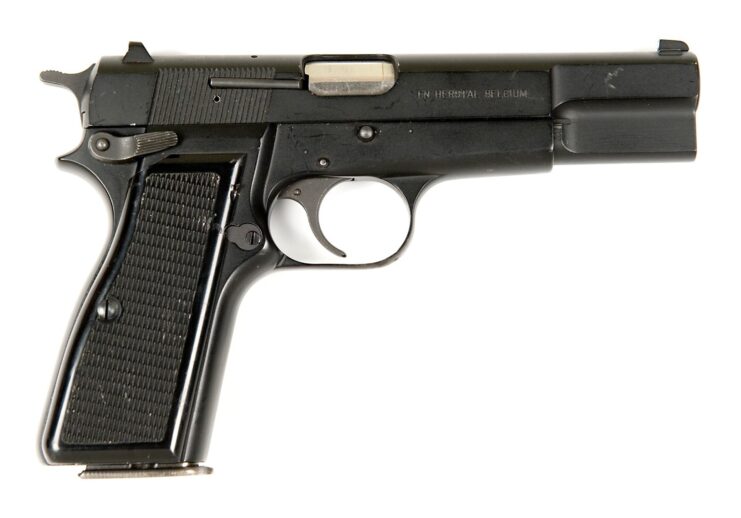
John Browning invented the Browning Hi-Power in 1911 for Fabrique Nationale, a firearms company in Belgium. The design came following a request from the French military, who wanted a pistol that could hold at least 10 rounds, stay compact, shoot accurately from 50 meters, and be easy to take apart and reassemble.
The final version of the pistol was officially introduced in 1935. It had a detachable magazine that could hold 10, 13, 15, or even 17 rounds, depending on what the user needed. The Hi-Power could fire several types of ammunition, including 9x19mm, 7.65x21mm Parabellum, and .40 S&W. Its small size and strong performance made it ideal for combat use.
One of history’s most reliable pistols
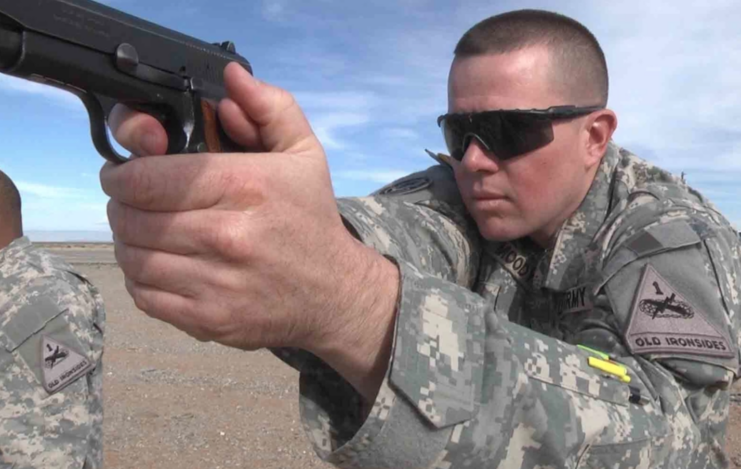
Over time, over 50 militaries around the world adopted the Browning Hi-Power as their service pistol, with it considered the most reliable of the era. It was so popular that it became one of the few to be equipped by both the Allied and Axis Powers during World War II and its associated conflicts, including the Winter and Continuation Wars.
Outside of the Second World War, the Hi-Power saw use with elite American units during the Vietnam War, as well as with the French during both the First Indochina War and the Algerian War. The pistol began to fall out of favor in the 1990s, as modern weapons began to show their capabilities, and production was ended in 2017. However, it was restarted in 2022, with upgrades made to the pistol.
Browning Hi-Power and the Canadian Armed Forces

After the Browning Hi-Power was discontinued, the Canadian military had to salvage parts from other Browning guns to keep broken pistols working. As urban combat made service rifles less practical in close-range fights, the Canadian Armed Forces were left without a reliable sidearm.
The situation got so bad that Canadian soldiers joked that throwing the pistol at an enemy might be more effective than shooting it. Bob Kinch, a former competitive marksman in the Canadian Armed Forces, joked that while he’d take the Browning over a sharp stick, he would still “look fondly” at the stick.
Until recently, the British Army was still using Browning pistols from World War II. Realizing the risks of these outdated weapons, they tested new options and eventually settled on the Glock 17 (Gen 4). While it might seem like Canada would have done the same, the country’s military took much longer to find a replacement for the Hi-Power.
Why does the Canadian Armed Forces have so many units?
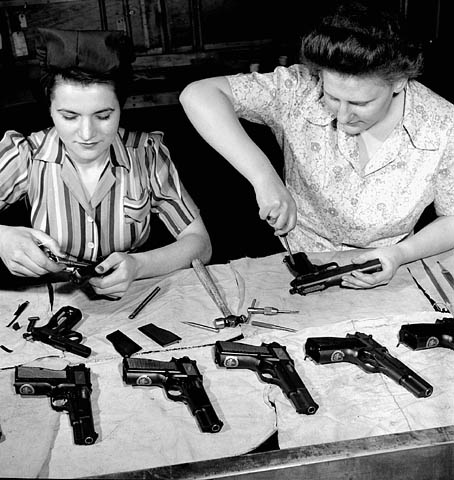
The Browning Hi-Power pistols used by the Canadian Armed Forces were originally produced by John Inglis and Company in Toronto, Ontario. These pistols were initially intended to be sold to China to support the fight against Japanese forces during World War II. However, Japan surrendered before the deliveries could be completed, leaving Canada with a significant surplus of the weapons.
The stockpile was so vast that even into the early 2000s, some of the pistols were still sealed in their original factory packaging—unissued and untouched since they were first manufactured decades earlier.
Pursuing an alternative to the Browning Hi-Power
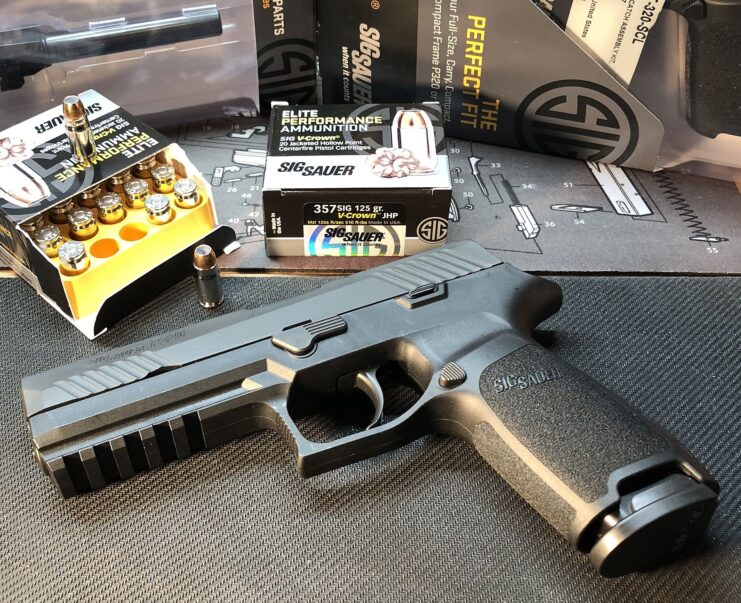
The Browning Hi-Power is showing its age in other ways, too. There’s no place to mount a flashlight on the original models and the small sights are difficult to aim in low-light conditions. The pistols can’t be fired while wearing gloves or with the left hand, and the long hammer can cut open the shooter’s palm. They’re also pretty heavy, due to their all-metal construction.
The Canadian Armed Forces began looking into purchasing replacement service pistols in the mid-2010s, but the process became bogged down. To fill the gap left by the aging Hi-Powers, the military introduced the Army Interim Pistol Program to purchase around 7,000 pistols. The gun’s successor, the SIG Sauer P320 (designated the C22 in Canada), was chosen in 2022. Units began to be distributed in 2023, with it reported the process was completed the following year.
More from us: Heckler & Koch G3: The Cold War-Era Battle Rifle That’s Stood the Test of Time
As for the Hi-Powers, it’s currently unknown how they’ll be destroyed. It’s been suggested they’ll be smelted, but this hasn’t been confirmed.
